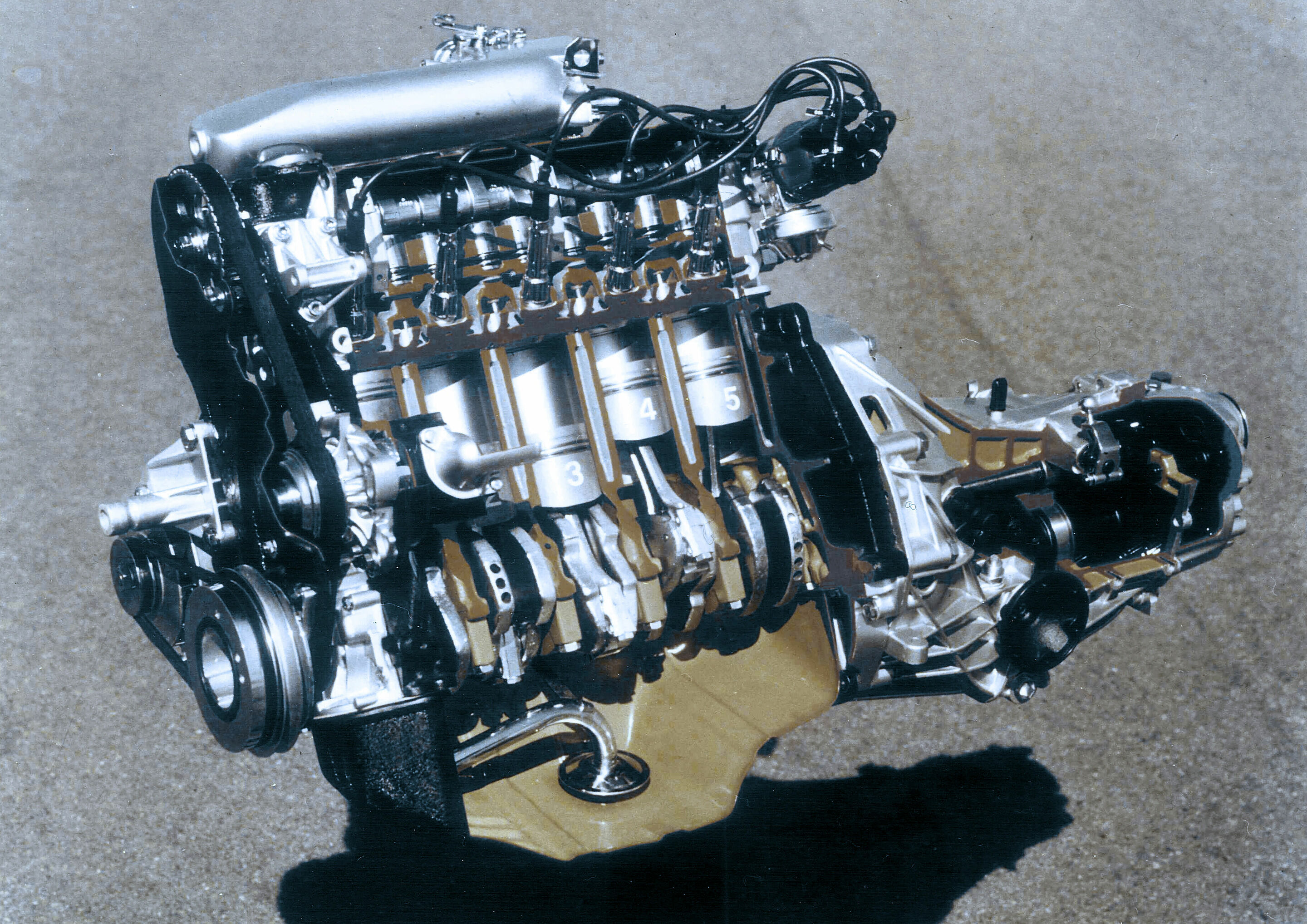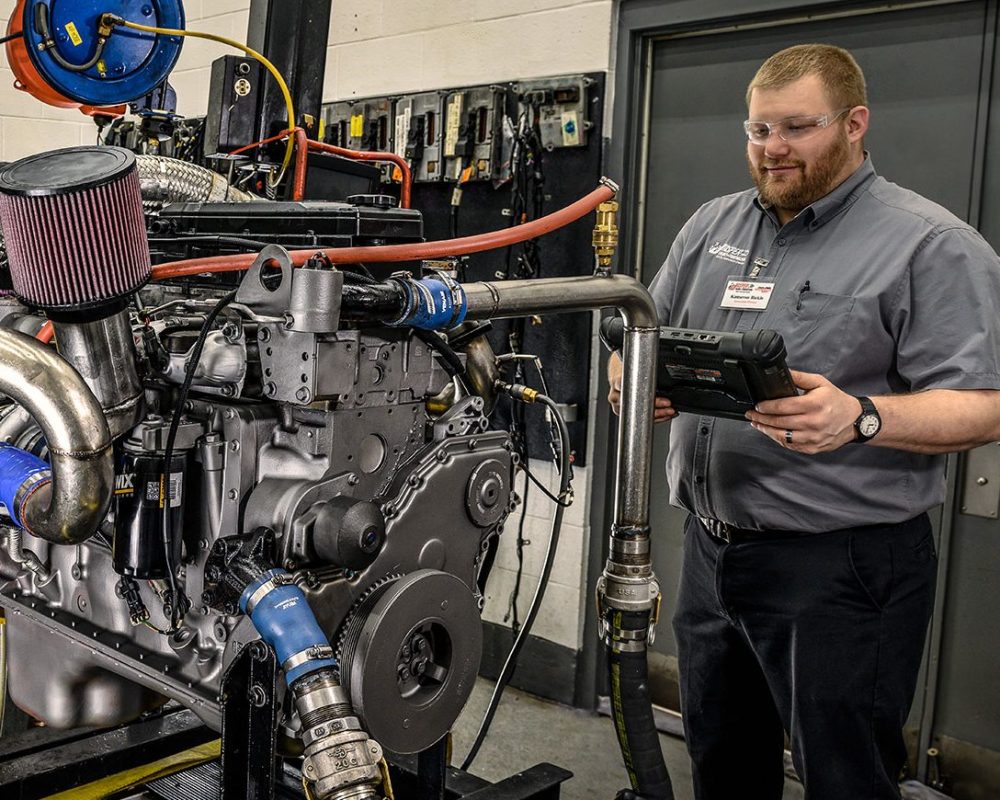Engines for Africa: Discover Economical and Trustworthy Vehicle Components Below!
Wiki Article
The Quest for Ultimate Driving Power: Examining the Pinnacle of Engine Efficiency and Technological Developments in the Automotive Sector
In the world of automotive design, the search of maximum driving power has been an unrelenting mission that has actually unfolded with the advancement of engine layout and the combination of innovative modern technologies. From the careful craftsmanship of burning engines to the rapid advancements in electrical propulsion systems, the auto industry stands at the cusp of a brand-new era identified by extraordinary efficiency capacities.Evolution of Engine Style

Additionally, the assimilation of turbocharging and turbo charging technologies has actually changed engine design by improving power without substantially increasing engine dimension. These forced induction systems press the consumption air, enabling even more gas to be ignited, thereby producing greater power result from a smaller engine. This development has been especially essential in enhancing the performance of smaller variation engines while keeping fuel performance standards.

Performance-Enhancing Gas Technologies
The application of advanced fuel technologies has actually considerably added to enhancing engine performance in modern-day cars. From typical gasoline and diesel to ingenious biofuels, artificial gas, and hydrogen, the vehicle field is seeing a change in fuel options. Biofuels, stemmed from eco-friendly sources like algae, sugarcane, or corn, deal improved and decreased discharges engine efficiency. Artificial gas, produced via chemical procedures, supply high octane rankings, enhancing power output. Hydrogen gas cells, although still in the beginning of adoption, show wonderful pledge because of their zero-emission nature and capacity for high performance. Additionally, gas ingredients and cleaning agents are being developed to clean engine parts, maximize combustion, and minimize rubbing, thereby improving total vehicle performance. With continuous study and development, the pursuit for the utmost driving power proceeds, as designers strive to unlock the full capacity of performance-enhancing gas modern technologies in the auto sector.Improvements in Electric Propulsion
Substantial strides in electrical propulsion modern technology have revolutionized the automobile industry, leading the way for a brand-new age of efficient and sustainable transport. Electric lorries (EVs) are obtaining popularity due to their ecological advantages and innovations in battery modern technology, making it possible for longer driving arrays and shorter billing times. Producers are investing greatly in r & d to boost the efficiency of electric propulsion systems, concentrating on boosting power outcome, boosting energy performance, and reducing general weight.One significant innovation in electrical propulsion is the advancement of advanced electric motors that provide greater torque and power thickness, causing boosted acceleration and overall driving efficiency. Additionally, regenerative braking systems have been refined to save and record energy throughout deceleration, further boosting the efficiency of EVs.
Furthermore, the integration of wise innovations, such as artificial intelligence and anticipating analytics, is maximizing the management of electrical propulsion systems, making certain optimum performance under numerous driving conditions. These improvements in electrical propulsion are reshaping the auto landscape, driving the sector in the direction of a more lasting and electrified future.
Effect of Computational Fluid Dynamics
With advancements in electric propulsion pushing the boundaries of vehicle innovation, the integration of Computational Fluid Dynamics is playing a critical role in enhancing wind resistant performance and enhancing general performance in vehicle layout. Computational Fluid Characteristics (CFD) entails making use of computer system simulations to evaluate the flow of air around an automobile, allowing designers to predict how layout adjustments will certainly impact the rules of aerodynamics without the need for pricey physical prototypes. By properly modeling air movement patterns, CFD enables for the refinement of vehicle shapes to minimize drag, enhance air conditioning, and enhance stability.CFD makes it possible for engineers to maximize air flow around parts such as radiators, engine bays, and wheel wells, contributing to enhanced performance and general driving experience. In final thought, the assimilation of Computational Fluid Characteristics represents a substantial action forward in the pursuit for best driving power and performance in the automotive market.
Future Patterns in Engine Innovation
In the vibrant landscape of auto design, innovative developments are shaping the future trajectory of engine technology. The future of engine design is marked by a solid focus on efficiency, sustainability, and performance. Producers are significantly focusing on developing engines that not just supply high power results yet additionally focus on ecological responsibility by improving and minimizing emissions gas efficiency.One noticeable pattern in engine development is the increase of electrification. Hybrid and electrical powertrains are getting grip as feasible options to conventional burning engines. These modern technologies use the potential for considerable reductions in carbon exhausts and increased energy efficiency, straightening with worldwide initiatives to deal with climate change.
Furthermore, advancements in materials science and manufacturing methods Visit Website are allowing the production of lighter and more durable engine elements. This change towards light-weight materials such as carbon fiber and light weight aluminum alloys adds to enhanced performance and fuel economic situation.
Conclusion
Finally, the search of ultimate driving power in the vehicle sector proceeds to drive advancements in engine layout, gas modern technologies, electric propulsion, and computational fluid characteristics. The development of these modern technologies is forming the future of engine technology, leading the way for much more effective and hop over to these guys effective vehicles (engines for africa). As the market continues to push the boundaries of what is feasible, we can expect to see even more innovative developments in the quest for peak efficiency
One of the crucial landmarks in engine layout development is the change from standard carbureted engines to modern fuel-injected systems. By specifically metering the gas delivery to each cyndrical tube, fuel-injected engines optimize combustion, resulting in far better efficiency and decreased environmental impact.
Moreover, the assimilation of turbocharging and turbo charging technologies has reinvented engine style by boosting power without considerably boosting engine dimension (engines for africa).The execution of innovative fuel modern technologies has considerably contributed to improving engine performance in contemporary automobiles. Furthermore, gas additives and detergents are being formulated to tidy engine elements, maximize combustion, and reduce friction, thus improving visit this page total car performance
Report this wiki page